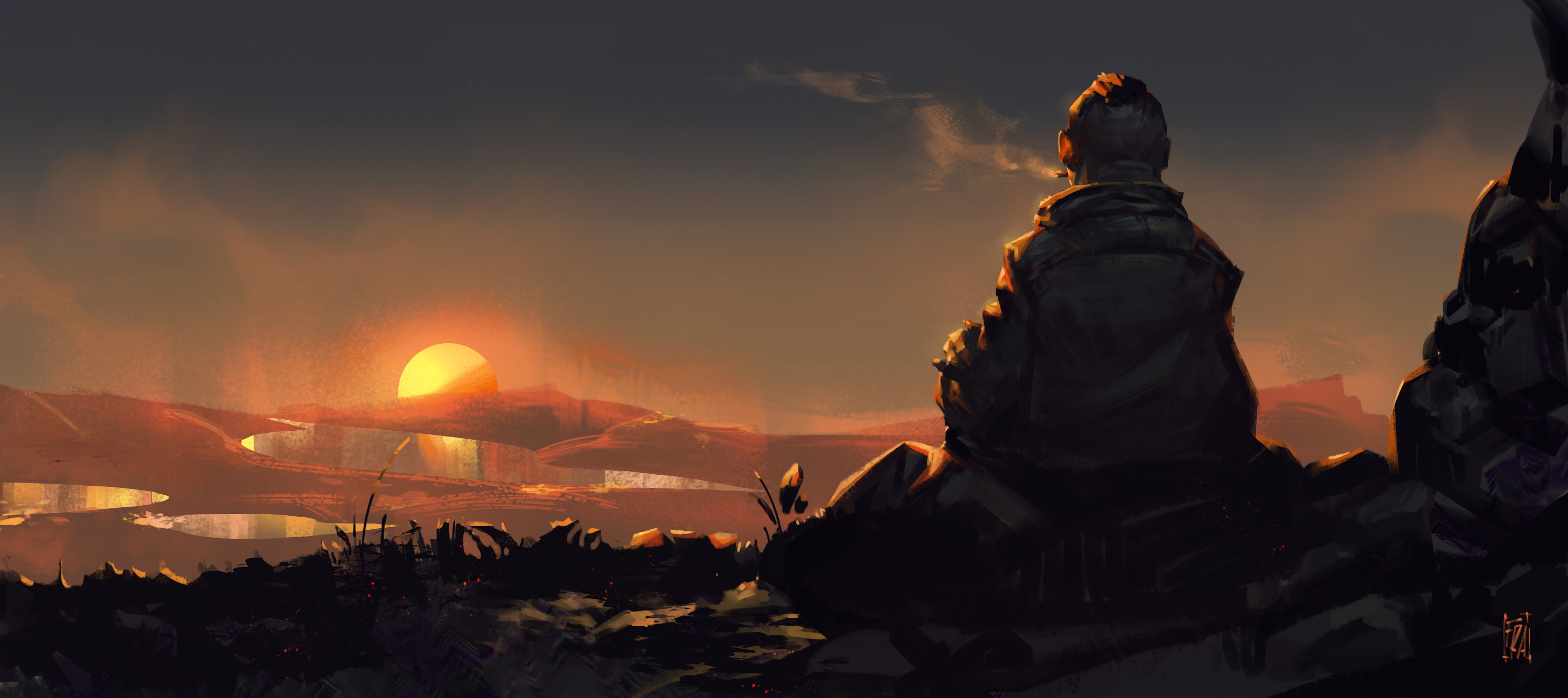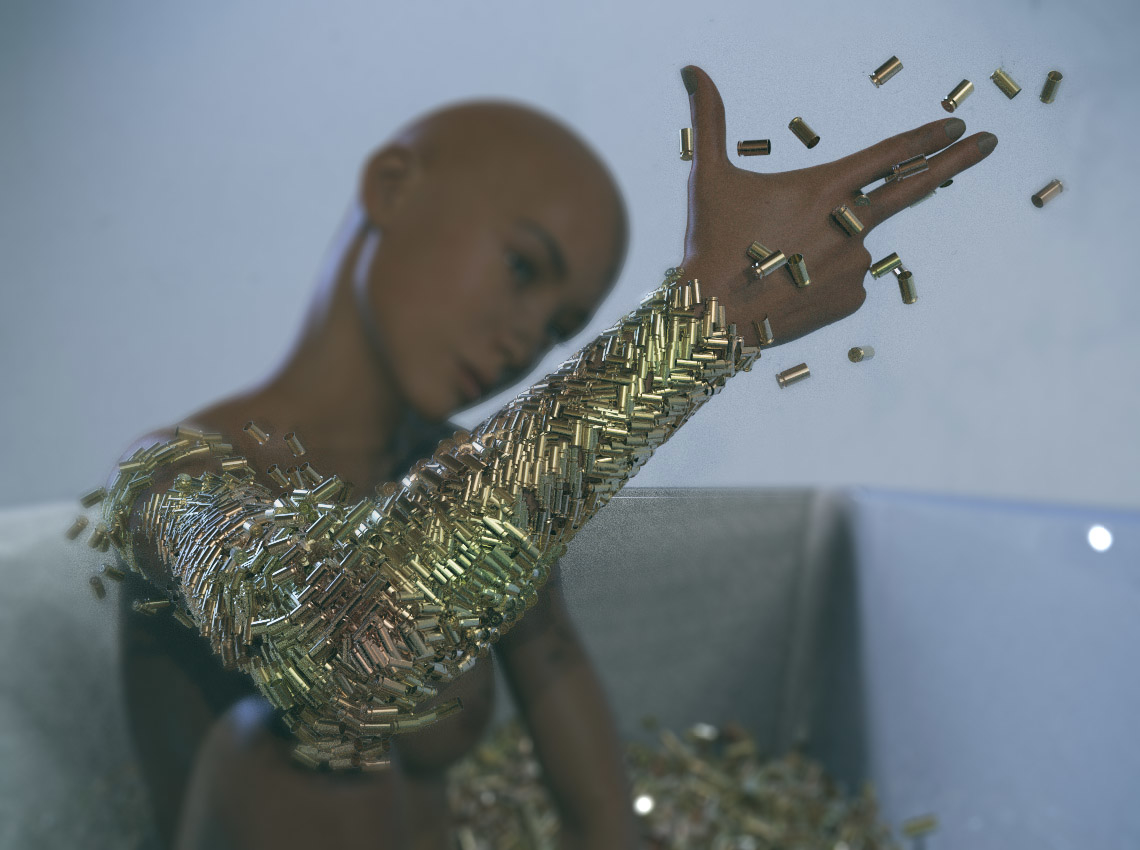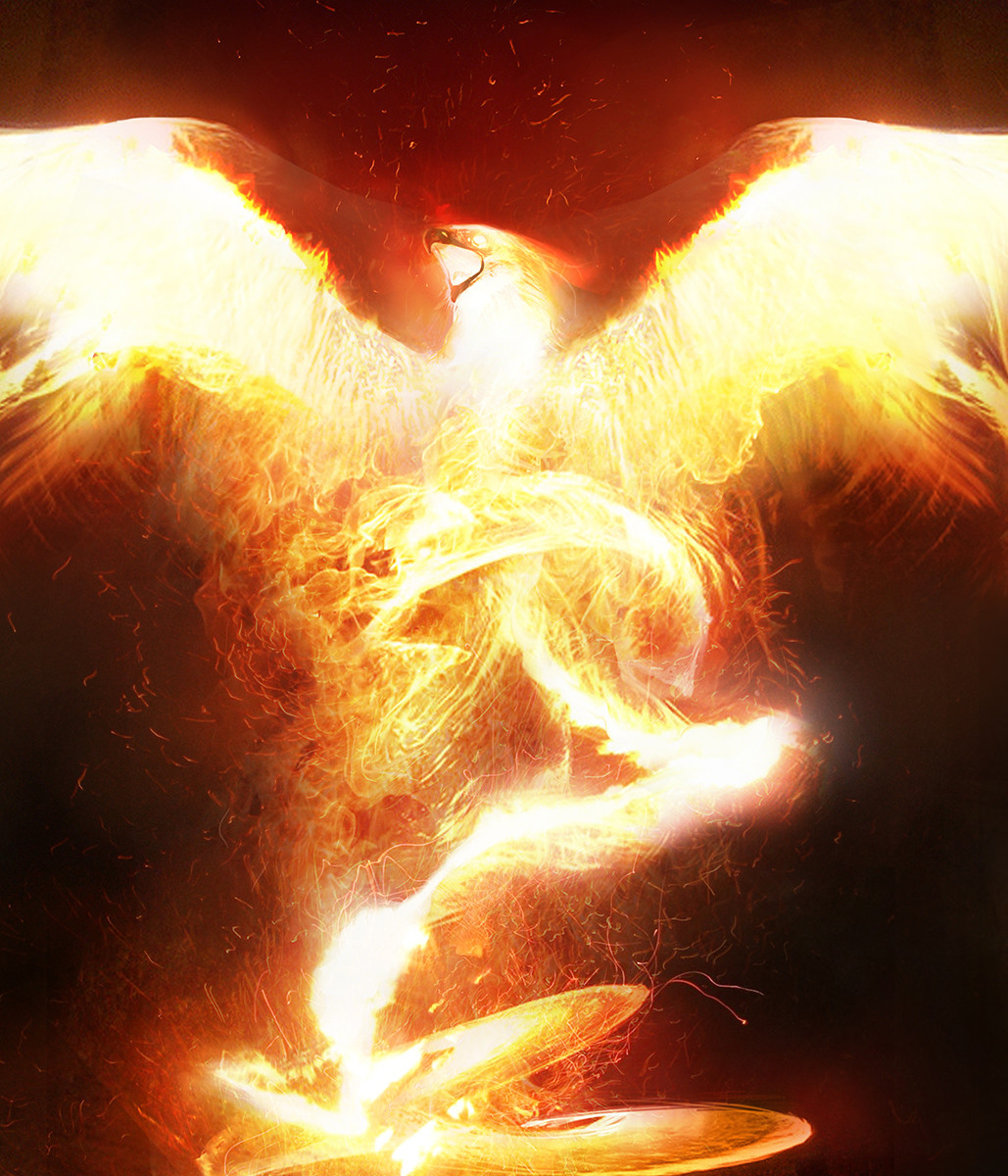With web apps being a commodity, the development process gravitates towards the buy and sell attitude. Before it used to be like this: you have a business, you find a nerdy IT guy to make a website for it, and you keep him around to take care of it. Then it was like a contractual third-party job for web design studios that kept the code to themselves and only knew how to fix things. And now it’s more like the tower of Babel. The client is in charge of the source code that they can delegate to any digital agency they like.
This created a blended responsibility and a sketchy mechanism of implementation. This leads to more clients becoming involved in the technical process and distracted from the other important things. The partnership is no longer established for a long term. Web development becomes like plumbing – you call them in, they come over, do something, and sign out.
The thing is though, you almost give out your proprietary info in order to get the best-fitting product. Quite a risk to take considering the fact that you might be working with remote web development company and with no personal bond to it, all you can do is trust their nobility.
It doesn’t have to be like this though. Call it antiquated, but we, at Shakuro believe in moral. Not because it’s good for business… it is sometimes the opposite (we’ll get to that), but just because. And surprisingly, one of our best and most successful projects is there to prove it. Behold.
The Story Of CGHub
In 2006 Shakuro was a humble 8-people team making its way to become the top web development company in the building. We would spend hours sweeping through digital markets like oDesk in search for a major client to bestow our development brilliance in revelation on. And the offer was not late in coming.
The Dawn Of The Hub
The request was as simple as it gets: “make a website displaying images”. Nailed it, exactly what we wanted. The story was dramatic – the guy had a dream about making a website for the computer graphics artist community. A few of the existing websites in the industry were dated, unattractive, and made with an indifferent manner. Not exactly the places you want to hang out in if you are an artist with an intensified aesthetic sensitivity.

The website was somewhere in the initial stages of development and the owner suggested that we’d clean it up and enhance features here and there, nothing more.
We took a look at the code and it was bad. I mean total ? Don’t get me wrong, it’s a common practice to take someone’s unfinished code, tweak it here and there, and come up with a viable source code you can then reuse. But in this case, the juice was not worth the squeeze.
The thing is, we were a young agency and I did not want to compromise our integrity by dealing with someone else’s bad code. I wanted us to be responsible for our own products. So we told the guy we are not fixing this code and are only open to a partnership on the condition of starting from scratch. Even though I could have made an agreement with my conscious in favor of the lucrative perspectives, it felt entirely wrong. So I did not. And I was honest about that. We parted ways for the first time.
I believe he contacted some other agencies and web development firms, but there was something about us the first time we talked that made him come back. This time he accepted our terms and we agreed to start from the ground up.
Our initial estimate for the first CGHub version website was …$5000
It was another hit for the owner. Not in the least was he ready to pay what we charged. Again, this was not the price to get us rich quick, it was an honest price for the work it took to create what we believed could be the best CG website in the industry.
The client signed off again. I know, it might seem like we were being too extravagant for a fresh new agency, scattering contracts like that, but bear with me.
The Not-So-Yellow Brick Road
Two weeks later he returned with the money and we kicked things off. Let’s say he returned on Monday and on Saturday, we were already building the architecture for new features. CGHub was made in a rapid development pace and before we knew it, it was 6 years of partnership.

But first things first. The idea behind the CGHub community website was a 100% altruistic. The number one reason was the client’s vision of the industry lacking the quality community and the growth opportunities it presented for artists. The existing websites sucked and were run by some sketchy dudes.
About eight months in, we rolled out the first version of CGHub.com. The website was almost empty and did not look like a buzzing hive. So we had to create the buzz. Luckily, days after the CGHub was launched, the Siggraph Exhibition happened in the town. The owner printed 4 000 paper flyers to hand out at the doors of the expo. This was the first ever peaking traffic to the website. At around 3 000 users per day, we quickly made it to the top, but the visit rate inevitably went down and from there on, only the organic traffic was drawn.

Siggraph Exhibition
Stick To Your Guns
Three months after the launch, we received an interesting message. A rival website representative contacted us with an offer to start working on their website. They were on top of the ranks in the industry and had an aggressive plan to eat up CGHub like Kobayashi. It has to be mentioned here, at that point just like before and after, we had no legal obligations towards the owner of CGHub. Let it sink for a second…
No contract at all. Not a single line. Just moral obligations and our word not to mess with the competition.
It was a Wild West project when it started and it was a blood oath after.
We passed on the $100 000 offer. Like I said, this is the case where the word was enough to opt out of every competitor’s fishy offer. And the moral choice we made paid off… Six months later, CGHub beat that website in traffic.
During the CGHub’s lifetime, we were approached by each and every major competition in the industry. For me, it was a true sign of the right direction we were going in.
We declined every single offer and stuck to CGHub.
With no contract, we persevered and took the success of CGHub as our own. The client paid fair and square, was honest, and loyal, so were we.

From Rags To Riches
The fair thing to do here would be telling that we did not see CGHub as a money-making website. The initial budget consisted a 100% of the owner’s salary money. And even though some cash did come from advertising, it was not enough to become flourishing. At the same time, the user base grew exponentially and the work it took to maintain, scope, implement new features, and support the community was greater than the monetary income it produced. Maintenance and support of CGHub with 1 million views per day required some serious injections of cash.
Here’s a little #funfact for you: Initially, the CGHub logo had a robot in it. Sometime after, Google’s Android came out with their now iconic green robot logo. It was exactly what we had for CGHub. And without giving this a shot at becoming a copyright conflict, we abandoned that logo and made CGHub rock a new one. One more evidence that cash profit was a secondary issue right off the bat.
CGHub became the Dribbble for computer graphics artists of its time. It provided unbiased and valuable feedback to the artists’ work, it inspired a lot of freshmen by showing them the way and linking them together with the who’s who of the industry. It provided job opportunities and offered experienced technical help. It was without exaggeration the #1 professional website to start the day with for thousands of CG artists throughout the globe.
Later on, we found out that the CGHub Award attached to the user profile was considered a factor in the USA talent visa approval.
Mid 2013, the first serious monetizing ideas started to pop up. CGHub was one of the projects we were working on and considering the special relationship we established, we shared the information with our friends and clients and one of them responded. They offered help with our advertising policy on CGHub as well as the PRO features we were determined to implement.
In 2014 we launched the PRO features of CGHub. This was a tremendous boost to the project and it took us to another level. My personal rewarding experience was the realization that the ethical values that I wanted to give the pride of place to when building Shakuro, had been tested back and forth. Passing those tests with flying colors was the greatest achievement of the company in its adolescent years.
Further on, we expanded CGHub by adding paid features that even though did not fulfill our lucrative expectations, were still a huge step-up for us. With a bunch of plans and ideas, we had no idea for what was set to come… A month later CGHub ceased to exist, leaving its 200 000+ users in limbo. The going down in flames story, as well as the rising like a phoenix from the ashes tale, are coming soon…

All images courtesy of cgplus.com
